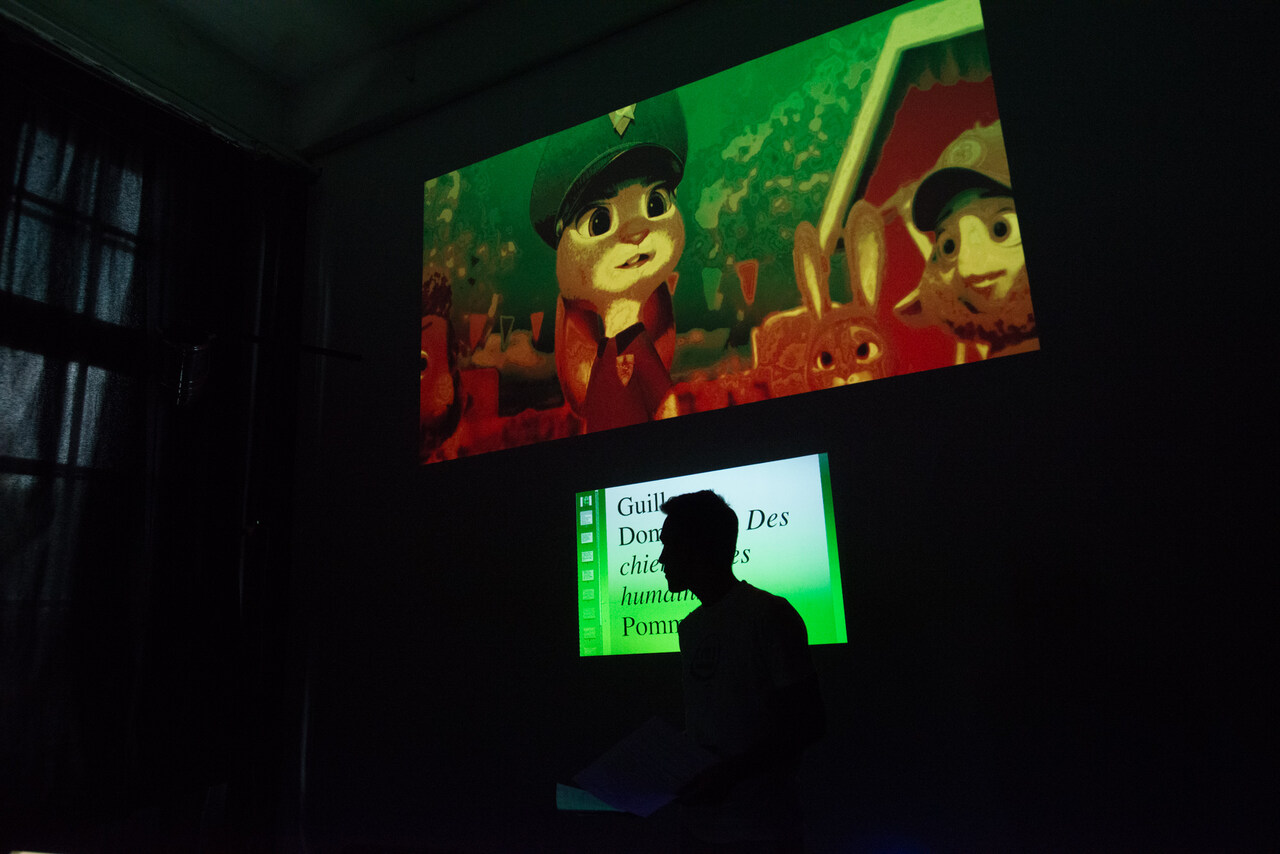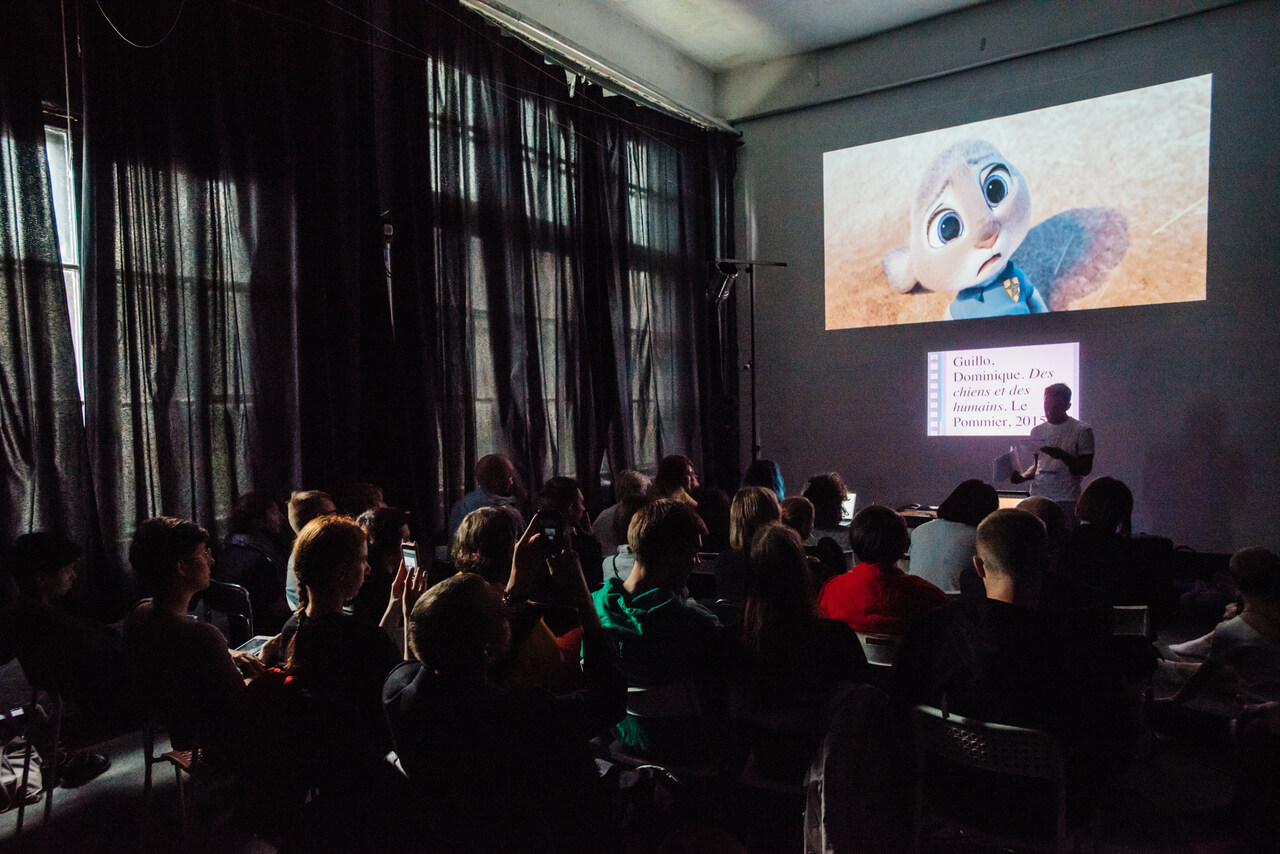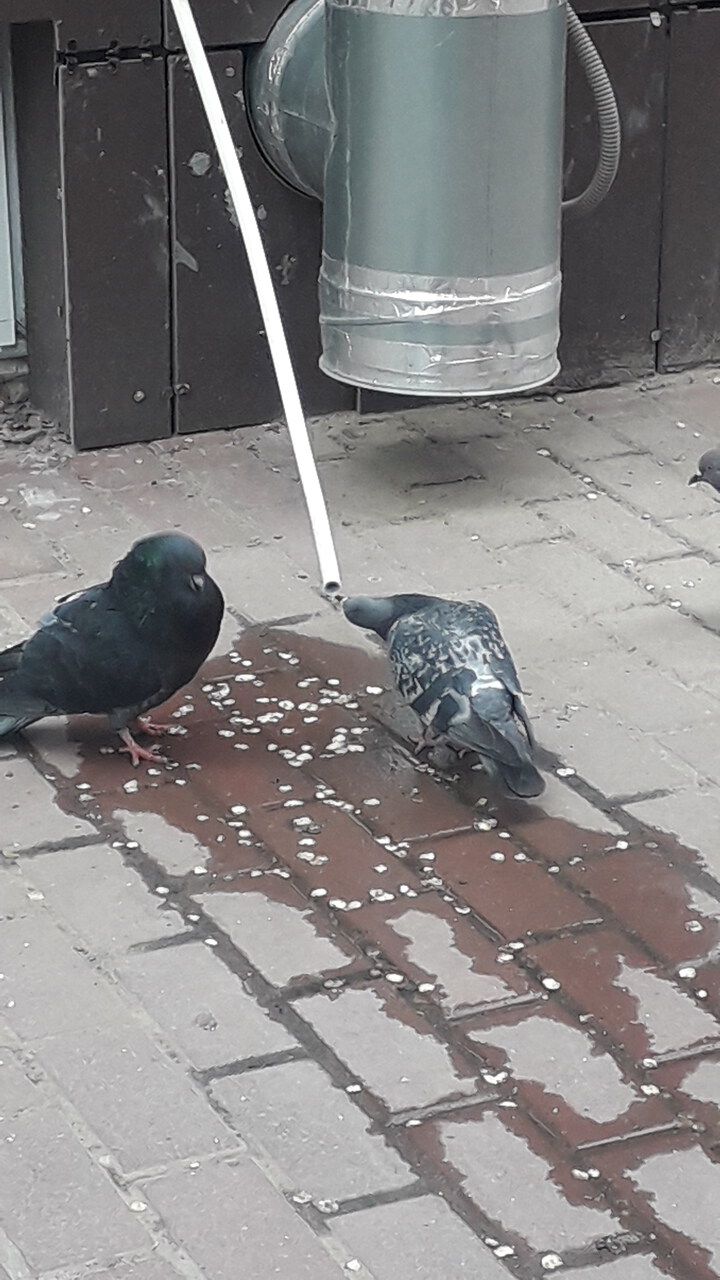Lecture with soundscape
Terms: great stone, alienation, care virus, exclusion of non-perspective pedestrians, all to all, dacha, dispersed collectivity, speculative synthesis, protocols of self-organisation
In the cities, animals occupy specific position among non-human inhabitants: unlike plants, mushrooms, and bacteria, they demonstrate complicated patterns of movement, communication, and sociality, participating in social construction of family, home, and leisure, as well as being part of cities’ economy, and stakeholders, if neglected, of urban politics. Challenging our notions of citizen and citizenship, ethnography of human-animal coexistence also makes us revisit our ideas about how to claim the right to the city: occupying a territory, overcoming barriers, particular ways of waste treatment, and some other modes of political action happen beyond the semiotic verbal communication – thus other animals can stand next to human in production of politics. Then, how do we discuss poverty and segregation, inequality and solidarity in multi-species society? How do we include animals into our urban ethnographies? What an urban planning inclusive of non-humans can look like? And what are regional specifics of cities after anthropocentrism? We’ll entered this field of inquiry not only through talk but via listening to urban jungle soundscape where animal voices join the symphony of “anthropocene”.


